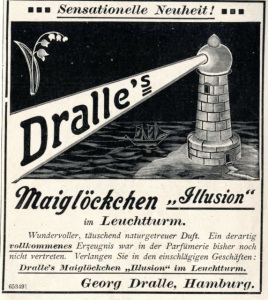Download links for: Wrestling with Moses: How Jane Jacobs Took On New York's Master Builder and Transformed the American City


Reviews (see all)
Write review
A book that demonstrates the power of one individual against a seemingly all-powerful politico.
Decent overview of the Moses / Jacobs feud, but it's been done before and probably better.
very dry account of interesting story. read as research for work
mentioned at 2010 APA conference as a top read
Other books by History & Biography
Other books by Anthony Flint
Related articles












